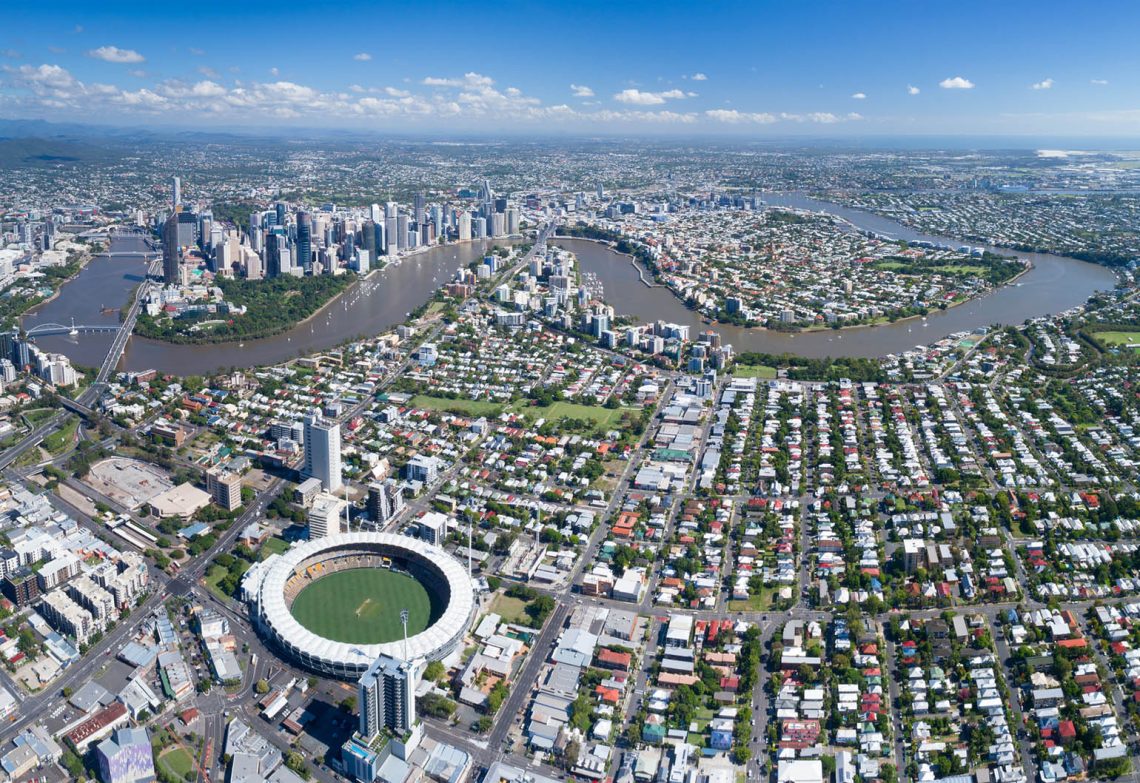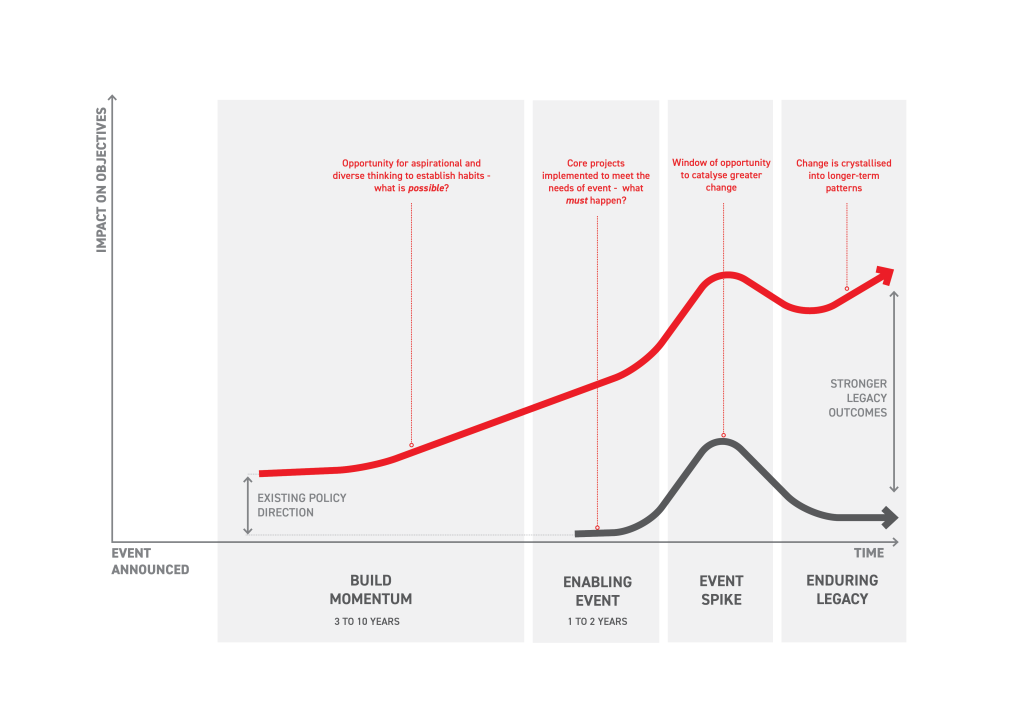Mega events such as the Olympic or Commonwealth Games have the power to catalyse structural change for our cities, argues Will Fooks, Market Leader, Urban Places at Stantec. But that change can only be achieved if there is momentum.
“Mega events have the ability to really shift the dial and to change not only what you’re aiming to do, but also act as a catalyst within the macro environment to effect wider change,” says Fooks.
The evidence shows that mega events can have a resounding impact on the effectiveness of change programs in the host city of a worldwide sporting event, for example.
But, as Fooks warns, the events in and of themselves will not simply create change out of thin air.
“Imagine you have a host city that wants to improve public transport – the evidence suggests that if they have a pre-existing policy of transport improvement, a mega event can help drive that change,” explains Fooks.
“But if there is no pre-existing policy, a mega event probably can’t help.”
Fooks cites Stratford in the UK as an example. As the location of much of the London 2012 Olympic Games, the area saw significant redevelopment.
“Arguably Stratford would have been developed no matter what. But the Olympics was a catalyst to help it on its way.
“The East London line was happening regardless of the Games, but the Olympics created a legacy of diverse developments, instead of it just being focused on the Westfield shopping centre.”
The tipping point
“If you want something to happen in 10 years time, you can’t just wait for it to happen,” Fooks continues.
It’s the run up to a mega event that makes all the difference, he says.
“We need to set the trajectory now to be able to have the benefit of the Games being a catalyst event in 10 years time.”
Fooks has seen this in his work with Transport for London.
“Take a look at Embankment, for example. The Games lanes along there were a good precursor to the bike lanes that they installed later.
“It started the ball rolling,” he says.
But that change wouldn’t have happened without the existing momentum toward changing the road use, says Fooks.
Early in his career, Fooks worked with Transport for London on the Tour de France Grand Départ in 2007. The event inspired more commuters to consider cycling in the city.
“We saw about a 12 per cent increase in cyclists from one week to the next,” Fooks says. “It jumped up, and it didn’t disappear – it just kept going up.”
The London 2012 Olympic Games, says Fooks, therefore catalysed a change that was already happening. “We had a tipping point – the momentum gathers, decision making changes, and then the change happens. But we’d had the policy to improve cycling in the city for 10 years.”
The ‘L’ word
When it comes to mega events, legacy is a word that gets used a lot.
“We have the Commonwealth Games in regional Victoria coming up in 2026, and the Brisbane OIympics in 2032, and that’s why we’re talking about decarbonisation now,” Fooks says.
“Australia is starting to get serious about it, but the Games on their own are not going to create a legacy in terms of decarbonisation.
“They will create a legacy, however, if we’re already on a journey towards decarbonisation.”
Fooks says that public excitement around mega events allows you to effect changes that would otherwise be very difficult to achieve. “You can fundamentally change how people move and demand in response to the Games,” he says.
“People love big events – they love the national pride, and what it brings to the places they live.”
Transport decarbonisation: Planning for a paradigm shift
As part of Engineers Australia’s Climate Smart Engineering (CSE) conference, Fooks will outline how Stantec is working towards the decarbonisation of urban places and the transport sector.
He will cover global research into planning for decarbonisation, and the need to establish what ‘good’ looks like beyond emissions targets, given the backdrop of demographic and social shifts, evolving economics and technological innovations.
Using Australian case studies, he will illustrate how decarbonisation is likely to create a paradigm shift in how transport infrastructure operates, while being increasingly influenced by people and place.




